 Politics
Politics  Politics
Politics  Weird Stuff
Weird Stuff Ten Bizarre Facts About The Doge Meme
 Our World
Our World 10 Ways Your Christmas Tree Is More Lit Than You Think
 Movies and TV
Movies and TV The 10 Coolest Stars to Set Sail on The Love Boat
 History
History 10 Things You Didn’t Know About the American National Anthem
 Technology
Technology Top 10 Everyday Tech Buzzwords That Hide a Darker Past
 Humans
Humans 10 Everyday Human Behaviors That Are Actually Survival Instincts
 Animals
Animals 10 Animals That Humiliated and Harmed Historical Leaders
 History
History 10 Most Influential Protests in Modern History
 Creepy
Creepy 10 More Representations of Death from Myth, Legend, and Folktale
 Politics
Politics 10 Political Scandals That Sent Crowds Into the Streets
 Weird Stuff
Weird Stuff Ten Bizarre Facts About The Doge Meme
 Our World
Our World 10 Ways Your Christmas Tree Is More Lit Than You Think
Who's Behind Listverse?

Jamie Frater
Head Editor
Jamie founded Listverse due to an insatiable desire to share fascinating, obscure, and bizarre facts. He has been a guest speaker on numerous national radio and television stations and is a five time published author.
More About Us Movies and TV
Movies and TV The 10 Coolest Stars to Set Sail on The Love Boat
 History
History 10 Things You Didn’t Know About the American National Anthem
 Technology
Technology Top 10 Everyday Tech Buzzwords That Hide a Darker Past
 Humans
Humans 10 Everyday Human Behaviors That Are Actually Survival Instincts
 Animals
Animals 10 Animals That Humiliated and Harmed Historical Leaders
 History
History 10 Most Influential Protests in Modern History
 Creepy
Creepy 10 More Representations of Death from Myth, Legend, and Folktale
10 Things Movies Always Get Wrong
Movies get numerous things wrong, leading many movie lovers to develop a false idea of seemingly basic things. Unfortunately, this “misinformation” is rampant among those who depend on movies to learn about new things, especially history, real-life events, and other cultures.
We cannot really blame filmmakers for this incorrect interpretation. Most movies are shot to entertain and not to educate. Filmmakers are all about money, and they have every incentive to give the viewers what they love, even if it is false.
Related: 10 Movies Based On Common Misconceptions
10 Violent Deaths
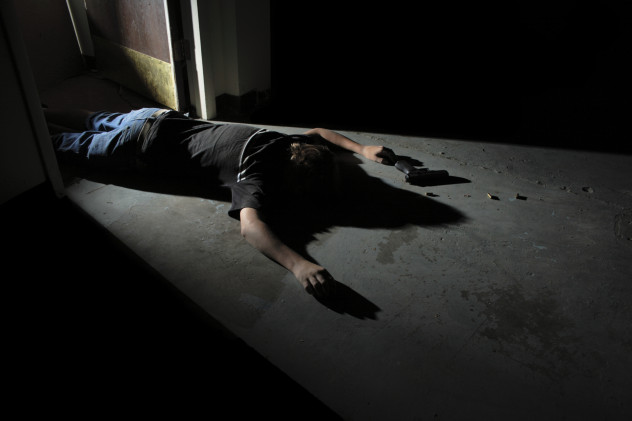
Most action movies make it seem like people instantly die from gun and knife wounds. Let us clear this up once and for all. Humans do not die instantly from gun or knife wounds. Instant death only occurs when a person is shot or stabbed in the brain, heart, or cervical region (the part of the spinal cord in the neck).
Shoot or stab a person elsewhere, and they will bleed to death instead. We should also add that most poisons do not kill within moments as movies often portray. Some do, but most do not. The majority of poisons out there require days to turn breathing humans into corpses.
Talking of corpses, dead people do not look as sexy as movies have made us believe. Dead people are often pale and gray. They also smell terrible, particularly when they have been dead for some time. This means homicide detectives do not just stumble upon bodies hidden in basements or car trunks in real life. They will smell the body long before they see it.[1]
9 Arabs and Russians

Who else has noticed that Russians and Arabs are the villains in most Hollywood action movies? This is no coincidence.
The trend of using Russians as villains began after World War II when the Soviet Union emerged as the sole superpower to rival the U.S. The subsequent fall of the Soviet Union did not help matters as Hollywood simply turned to Russia, the successor of the Soviet Union, for its requisite evil villain.
Things are no better for Arab Muslims, who are the go-to ethnicity for terrorists, dancers, and billionaires. Arabian-Americans call this the “3B syndrome,” which stands for bombers, billionaires, and belly dancers—the three major roles often reserved for them.
How Hollywood came to associate Arab Muslims with terrorism remains unclear. However, we know Arab Muslims have acted in the roles of terrorists before 9/11. But 9/11 only worsened the stereotype and succeeded in cementing their position as the de facto ethnicity for the role.[2]
8 Warfare
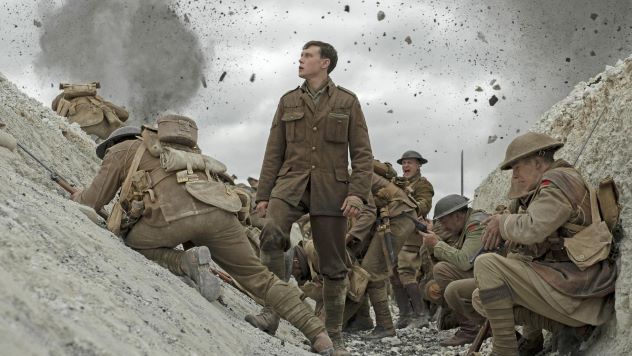
In movies, we hear a gunshot and then see a person drop dead. In real life, we see a person drop dead and then hear a gunshot. Since bullets travel faster than the speed of sound, it makes a lot of sense that a bullet will hit its target moments before the victim and other people around them will hear the gunshot.
Talking of gunshots, real-life battlefields are rarely filled with endless melodies of gunfire as movies often portray. Many soldiers on an actual battlefield do not even fire their weapons at all. When they do, they do not fire in automatic mode since they only end up wasting bullets.
Movies also wrongly depict battlefields as crowded arenas filled with soldiers visible to everyone despite their camouflage uniforms. Neither happens in real life. Soldiers stay as far apart as possible to prevent the enemy from easily destroying them. Their camouflage uniforms also help them blend into the environment so well that they are sometimes invisible to their colleagues.
Lastly, real battlefields are noisier than movies make you think. Soldiers are also very disoriented and confused during battles, especially when they do not know from where the enemy is shooting. This makes communication a nightmare. Commanders sometimes need to repeat orders up to four times before the receiver can understand the message.[3]
7 Science
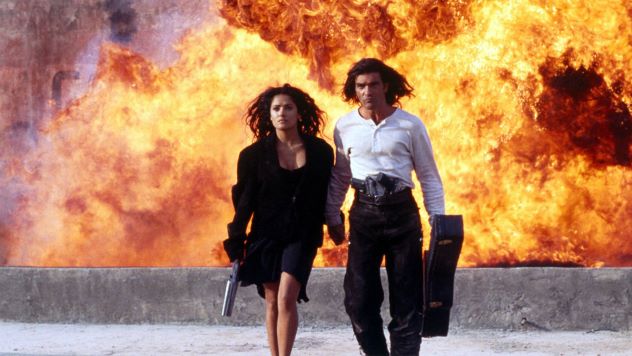
Hollywood gets many things about science wrong. We are not talking about ridiculous things like super-strong humans capable of flying and shooting lasers out of their eyes. We are instead referring to basic science facts like people flying into the air when they are shot.
According to Newton’s third law of motion, “for every action, there is an equal and opposite reaction.” Using that logic, a bullet capable of leaving a gun with enough force to throw a person high into the air will also throw the shooter high into the air—or at least break their wrist.
The same rule applies to explosions. An explosion powerful enough to throw a person into the air will be powerful enough to make their internal organs melt. Yet movies often show actors surviving deadly explosions with nothing more than a scratch.
This entry will be incomplete if we bypass the issue of spaceships exploding and burning up in space as they did in Star Wars. While actual spaceships can explode in space, the explosion will appear as a brief camera flash and nothing more.
You will not hear the sound of the explosion because there is no air in space. Sound needs air to travel from one place to another. The destroyed spaceship will not burn either because of the non-existence of air and oxygen, essential for fire to burn.[4]
6 Space Travel
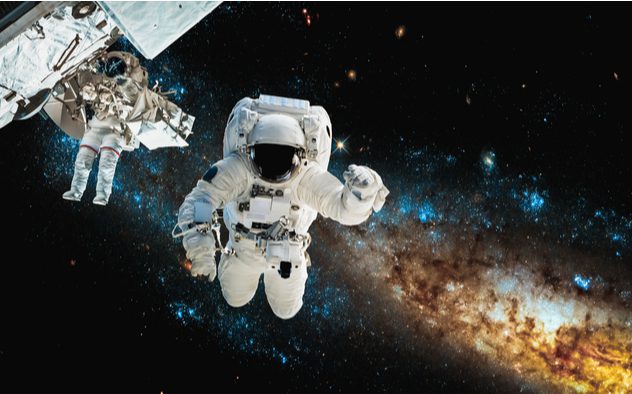
Many science fiction movies get the design of spaceships wrong. Most spaceships featured in movies are so ridiculous that they would not even be able to take off from Earth, let alone fly through space, if they were real.
Talking of flying through space, movie directors also get how astronauts travel within space wrong. For example, Gravity (2013) showed how astronaut Dr. Ryan Stone (Sandra Bullock) traveled from a destroyed space shuttle to the International Space Station and then a Chinese space station without using rockets.
This would be impossible in real space because the astronaut and space stations were in different orbits. Astronauts need very powerful rockets to travel from one orbit to another. Space shuttles do not count because they are not powerful enough. It is either rockets or nothing.[5]
5 Dinosaurs
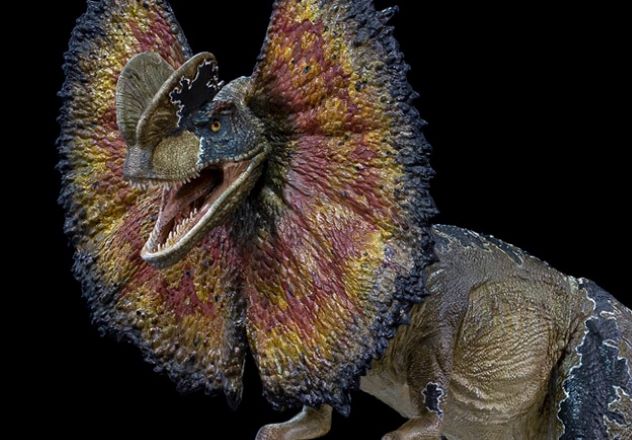
Jurassic Park is the go-to movie for dinosaur enthusiasts. However, it should not be the go-to movie for people who want to learn about dinosaurs. It simply got many things about dinosaurs wrong.
For instance, the movie depicted T-Rexes as fast runners with terrible eyesight. Both are wrong. T-Rexes had excellent eyesight but were incredibly slow. They could spot a mouse hiding in the grass 60 feet away, just like eagles. However, their top speed was around 15 mph, which meant you would get away from it if you were in a car.
Jurassic Park also spread misinformation about other dinosaurs, particularly the Velociraptor, Dilophosaurus, and Spinosaurus. Velociraptors were the size of a turkey, making them much smaller than they looked like in Jurassic Park. The Dilophosaurus had neither venom nor neck fans, and the spinosaurus was not as big, dangerous, or powerful as Jurassic Park depicted it to be. It was no match for the T-Rex.
Flying creatures like the pterosaurs and the pteranodons were no better off either. They found it difficult to land on trees, never mind carrying a human in real life. Yet, Jurassic Park showed the pterosaur (the smaller of the two) grabbing humans and flying away with them.[6]
4 Hacking

In movies, we see hackers click away on a keyboard as digital maps, progress bars, and lines of code appear on a monitor. A few seconds later, they hack into a computer, extract the information they need, and it is all over. Hacking is more complicated and boring than this.
Most real-life hackers do not even hack at all. Instead, they create phishing websites to steal the login information of a computer user, which they then use to login in normally without writing a single line of code. Hackers who actually hack go through a series of long unexciting tasks that would be too boring for a movie audience.
Some movies have shown us what real hacking looks like, nevertheless, but not without drawing the government’s attention. The U.S. government passed the Computer Fraud and Abuse Act after real-life hacking scenes appeared in WarGames (1983). Similarly, the London Metropolitan Police issued warnings to discourage budding hackers from copying the hacking scenes in The Matrix Reloaded (2003).[7]
3 Biometrics

Every reader will have watched at least one movie where a character chops off the finger of a dead enemy and uses it to breach the biometric scanner to a door or safe. While this always makes for an exciting movie scene, it can never happen in real life because biometric scanners only detect living tissue.
A dismembered finger or removed eye only has dead tissues, which is useless to a scanner. On top of that, the human eye quickly loses shape when removed from its socket and will no longer look like an eye by the time the actor walks to the scanner.[8]
2 Africa

Hollywood often portrays Africa as a war-torn country filled with poor people living in remote villages without access to modern technologies. This is misleading. For a start, Africa is not a country but a continent with 54 countries. The people there have access to the same modern technologies available to everyone else.
Hollywood also has a thing for mixing the different African cultures and languages up. For example, a South African language was used in place of a Rwandan language in Hotel Rwanda (2004), while a Ghanaian language was used in place of a Nigerian language in Beast of No Nation (2015). While western viewers may not notice these “errors,” many Africans do—and they find it appalling.
With that cleared up, let us talk about the so-called African accent you hear in western movies featuring western actors posing as Africans. Those accents are anything but African. They are so off that even Africans find them ridiculous.[9]
1 Fistfights

In movies, it is normal to see actors, particularly the hero, remain in a fight after receiving series of punches to the head. The hero faints on rare occasions, but they soon get up and continue going about their business as if nothing serious happened.
In real life, a blow to the head will often lead to a subdural hematoma, which causes blood vessels in the head to burst. The risk of subdural hematoma is higher in persons over the age of 35, which is the age group of most actors in action roles. Many professional boxers retire in their 30s for this reason.
Yet, we all watched 47-year-old James Bond (Daniel Craig) walk away unscathed in Spectre (2015) despite receiving a series of blows to the head. Of course, he would be dead or at least suffering from chronic traumatic encephalopathy (aka punch-drunk syndrome) if he received all those blows in real life.
Everything we have talked about so far involves punches delivered to the front of the head. Punches delivered to the back of the head often lead to instant death. This also applies to punches delivered with the aid of a weapon. They can cause concussions leading to instant death.[10]








